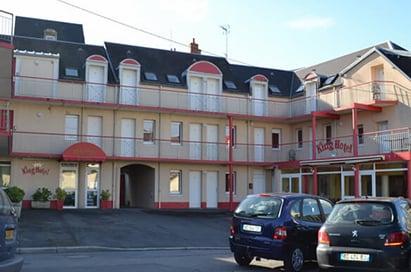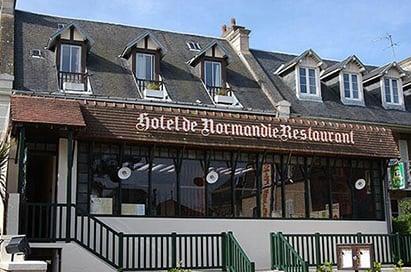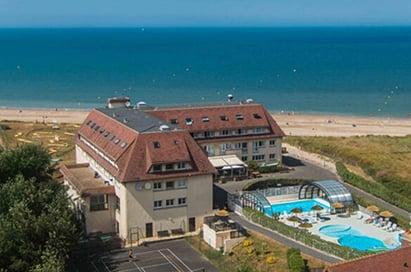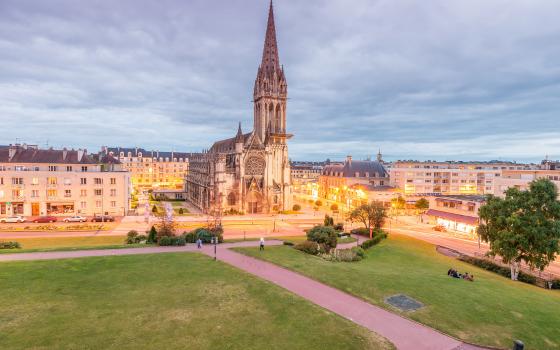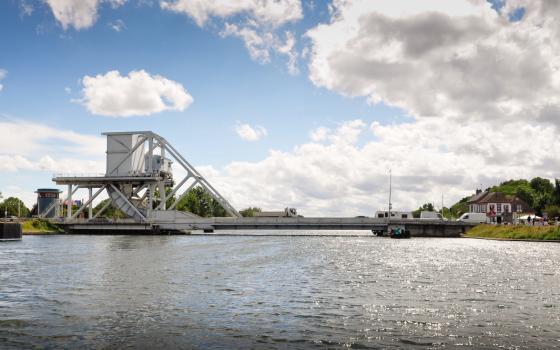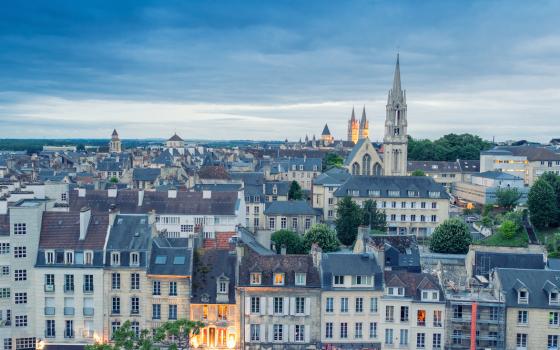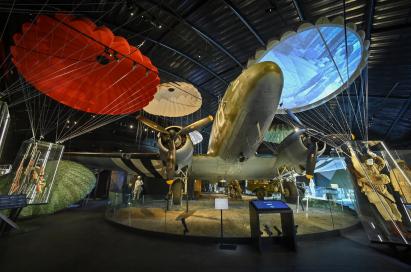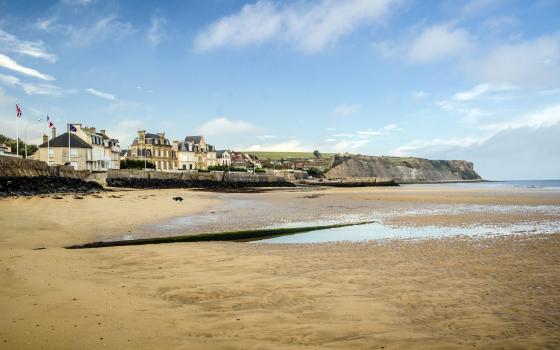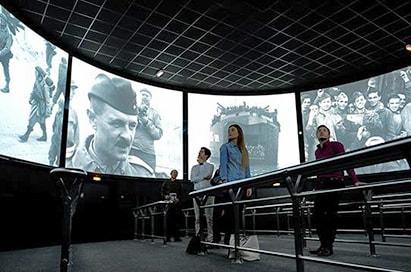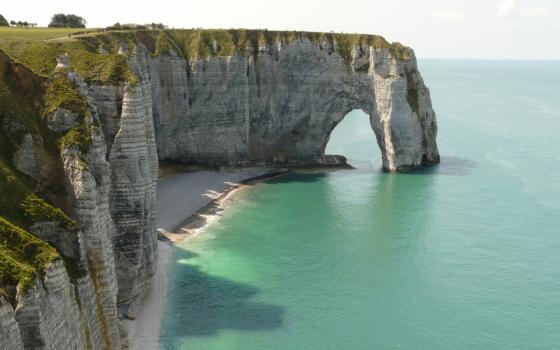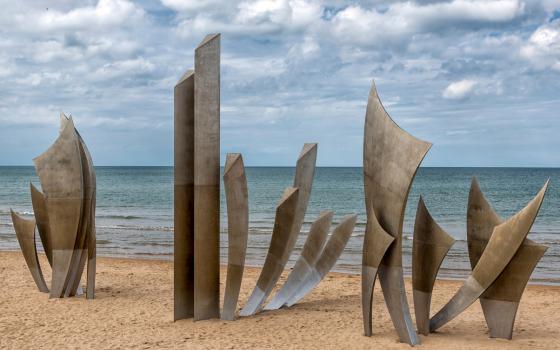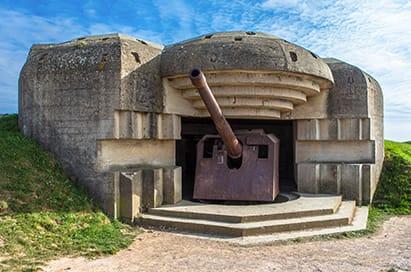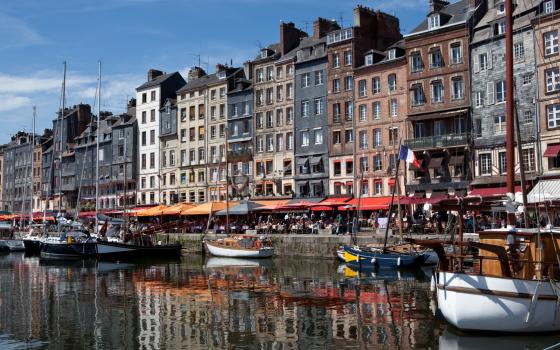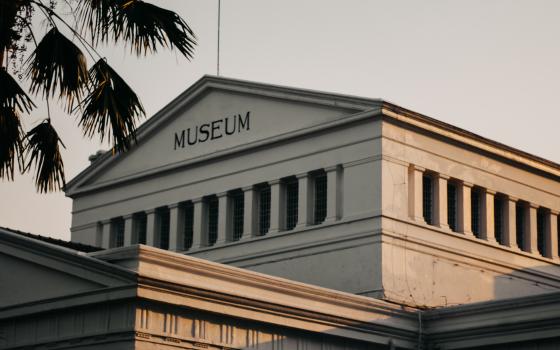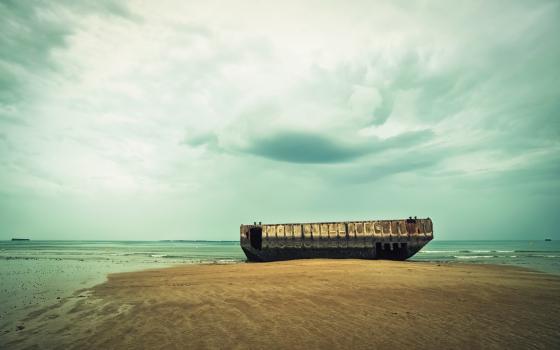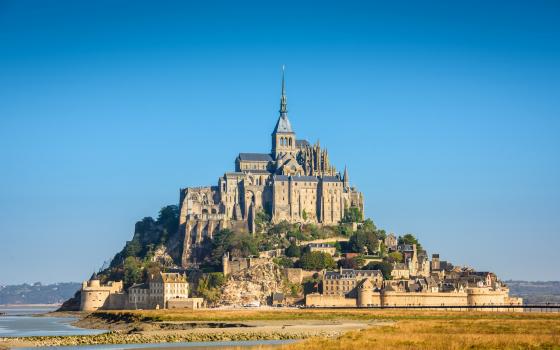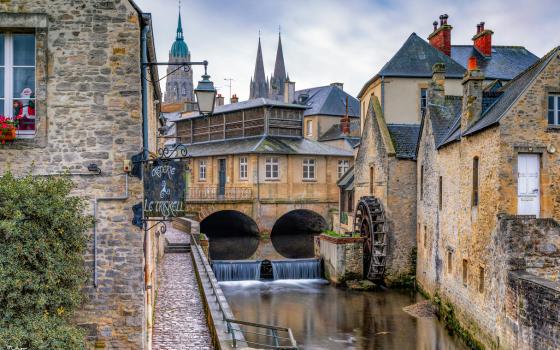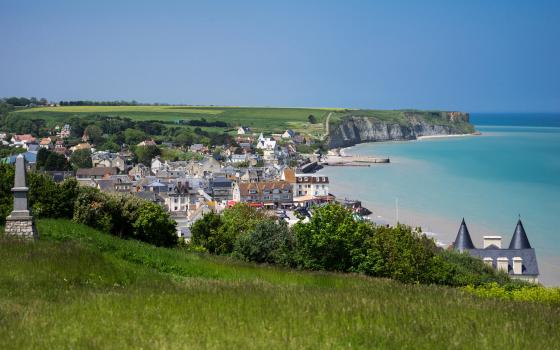History Trips to the WWII Battlefields
The Great War was to be followed by the Second World War just two decades later and is undoubtedly the deadliest conflict in modern human history. However, the legacy WWII left on the world has benefited mankind like the development of air travel and mass production of certain medicines.
Visits to the D-Day Landing Beaches of Normandy and many of the local museums and information centres help to increase awareness and knowledge of the period and will give your school trip to the World War II Battlefields great educational value.
Prices start from£499pp
Price Shown includes
- Return Coach Travel
- 3 nights Half Board Accommodation
- Specialist Group Travel Insurance
- Bespoke itinerary planning service
- Free Place Ratios
- Online trip organiser & Travel App
- 24/7 support whilst you are away
Places to Stay
This is a small sample of the available accommodation options. For expert advice on the most suitable accommodation to suit your group's specific needs speak to one of our expert Tour Consultants today.
We Make Trip Planning Easy
- Day to day support and advice from our team of travel experts
- Easy-to-view online tour quotation
- Market-leading trip organiser portal, My Tour Manager
- Free Resources and templates to help launch your trip
- Email reminders to keep you on track
- Free and completely personalised Travel App to access your information on the go
- Risk Assessment advice so you can make an informed decision on every tour component
- Teacher Inspection Visits


